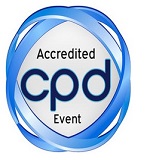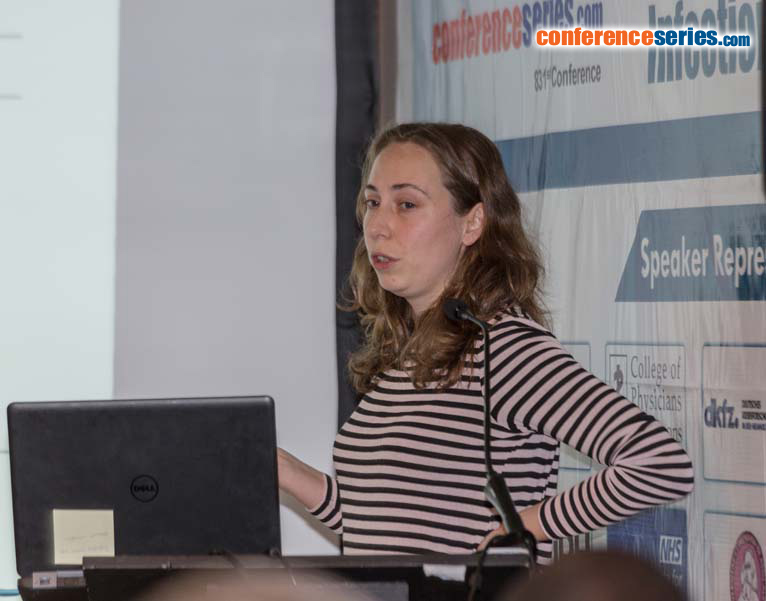
Lucy J Bock, Matthew E Wand and J Mark Sutton
Public Health England, UK
Title: Investigating the mechanisms of resistance to cationic biocides in clinically relevant Gram negative organisms
Biography
Biography: Lucy J Bock, Matthew E Wand and J Mark Sutton
Abstract
Control of multi-drug resistant (MDR) organisms relies increasingly on the use of biocides to limit the risk of infection. Clinical strains of Gram negative MDR organisms have been shown to adapt to increased levels of biocides. We aim to define the stable mechanisms of resistance that allow these strains to adapt to commonly use cationic biocides (e.g., chlorhexidine). Using established adaptation protocols, whole genome sequencing, gene expression analysis and efflux assays, we investigate the mechanisms of resistance in clinical isolates. Resistance of Klebsiella pneumoniae isolates to chlorhexidine formulations varies vastly depending on the strain and formulation, some strains not being killed by 50% working concentration of chlorhexidine formulations. K. pneumoniae strains adapted to chlorhexidine show increased resistance to formulations, though this can be reduced by additional ingredients in the formulation. Cross resistance to the last resort antibiotic colistin was found in five out of six adapted strains. Stable mutations in the two component regulator phoPQ and/or a putative tet repressor gene (smvR), adjacent to the MFS family efflux pump smvA, were found in all adapted K. pneumoniae strains. Currently data on adaptation to further cationic compounds in Gram negative MDR pathogens is being generated, showing that some resistance mechanisms are conserved between species, whereas others are unique. Resistance mechanisms vary depending on the compound, but several overlap with many of them associated with efflux pumps and/or membrane modification pathways. To avoid potential breakdown of infection control due to emergence of resistance mechanisms, the careful use of biocides in the healthcare environment is therefore required.




